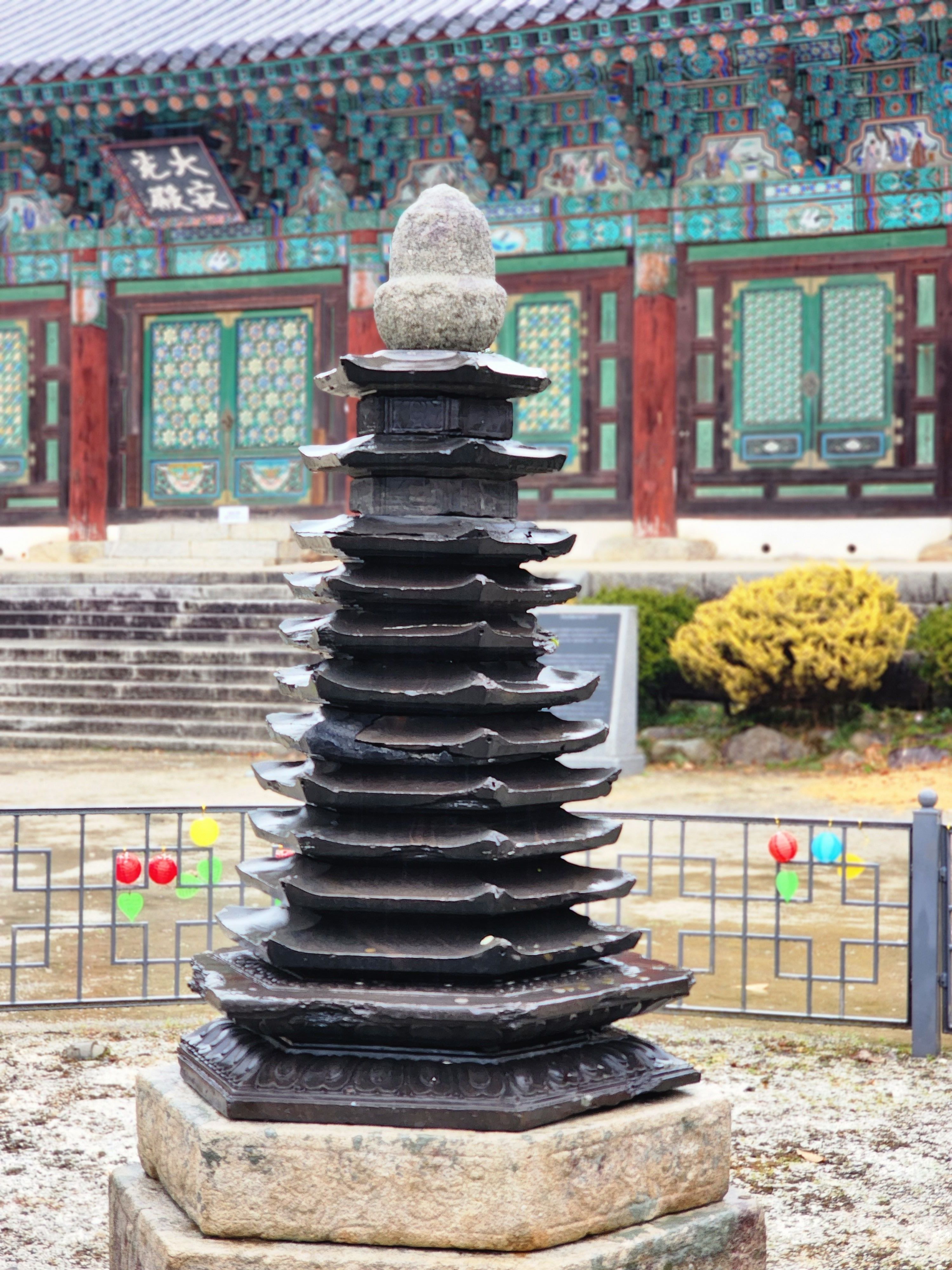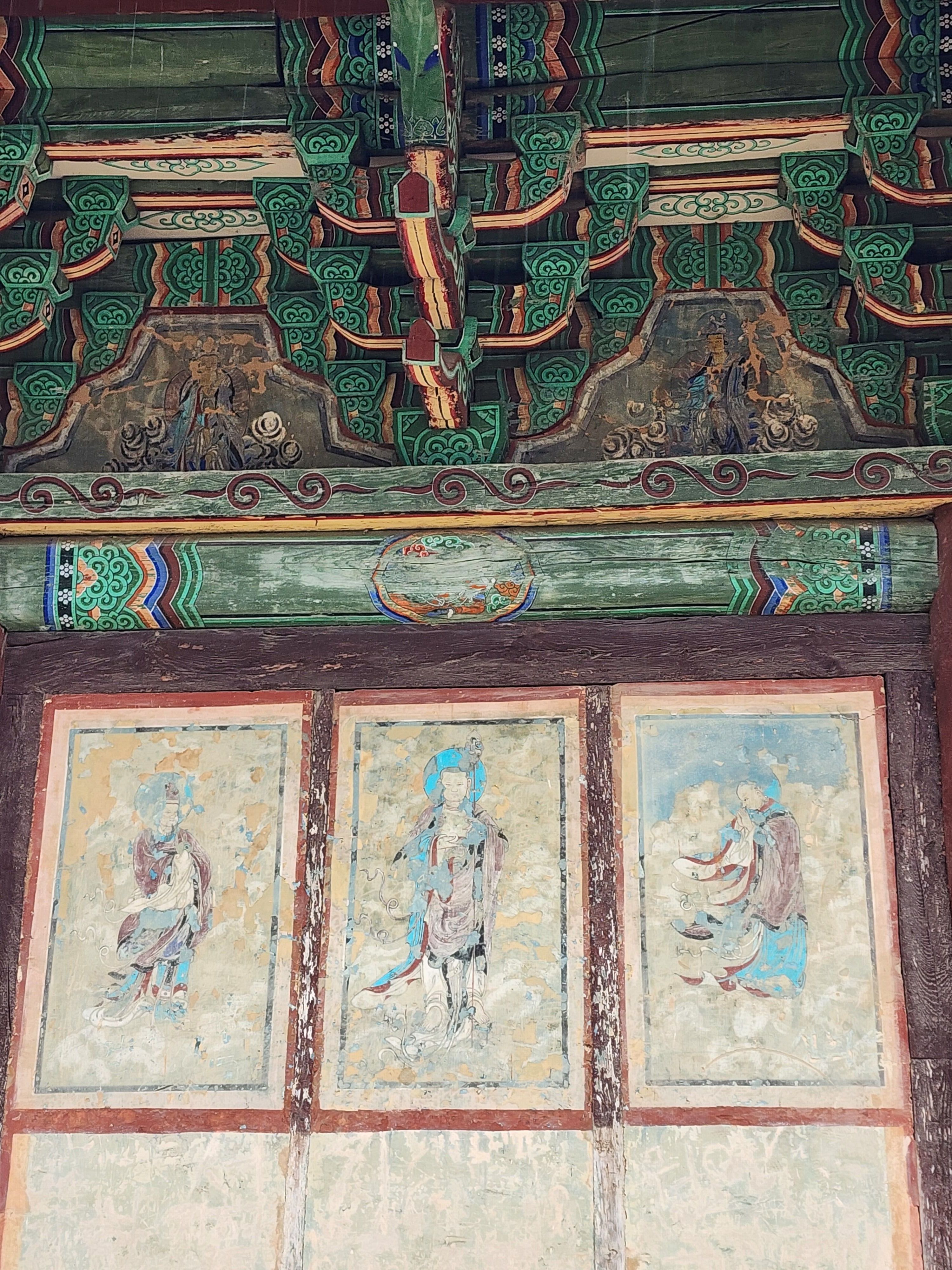(금산사) Geumsansa Temple, Gimje, Jeollabuk-do, South Korea (599 C.E.)
Artist/Designer:
Project Location: South Korea






Style/Period(s):
Three Kingdom Period Korea
Primary Material(s):
Stone, Wood, Paint, Paper, Fresco, Paper Screen
Function(s):
Religious Building
Related Website(s):
Significant Date(s):
6th Century
Additional Information:
Significant Date(s):
AD 599 - built in the first year of King Beop of Baekje’s reign
From 722-766 - the temple was rebuilt and greatly expanded under King Gyeongdeok of Silla and King Hyegong of Silla
668-935 - Due to the expansion Geumsansa became the headquarters of Maitreya faith in Later Silla
1592 - Geumsansa played a defensive role for Korea during the first Japanese military campaign of Hideyoshi Toyotomi
1635 - present buildings were rebuilt in 1635 after the previous ones were destroyed by the Japnese invasion of Korea
Additional Information:
Publication/Texts in Print:
Ham, Chul-hee, and So-yeong Kang. "Conservation Treatment and Material Analysis of Amber Relics Found in the Huryeongtong of Geumsansa Temple." MUNHWAJAE Korean Journal of Cultural Heritage Studies 46, no. 4 (2013): 78-89.
Hong, Byung-Hwa. "Variations and Symbolism of Daejangjeon Pavilion of Geumsansa Temple." MUNHWAJAE Korean Journal of Cultural Heritage Studies 51, no. 1 (2018): 66-79.
Son, Young, Dai Ill Kang, Hwa Soo Lee, and Han Hyoung Lee. "Comparative study on the pigments applied on the wall paintings of temple in 18~ 19C." Journal of Conservation Science 29, no. 4 (2013): 445-450.
Building Location:
39 Geumsan-ri, Geumsan-myeon, Gimje, Jeollabuk-do, South Korea
Supporting Designers/Staff:
Tags:
South Korea, Temple, Buddhist Temple, Traditional Korean Architecture, Geumsansa
Viewers should treat all images as copyrighted and refer to each image's links for copyright information.